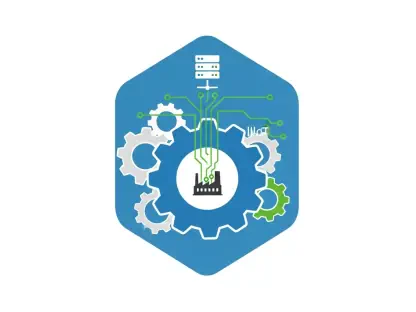Imagine discovering that despite advanced color-coding systems in place, food facilities across the country are blindsided by contamination threats. A startling 52% of these facilities underestimate the true potential of dynamic color-coding, leading to costly recalls. This statistic begs the question: Are current color-coded systems truly safeguarding brands against the risk of food contamination?
The Critical Role of Color-Coding in Food Manufacturing
Color-coding plays a vital role in preventing cross-contamination within food manufacturing. In an era where facility expansions and evolving regulations are rampant, the implementation of color-coding has emerged as a principal strategy for maintaining food safety. Proper utilization helps segment areas, tools, and equipment, ensuring the segregation of raw and cooked products. Amidst concerns over evolving pathogens and stricter regulatory environments, color-coding has become an indispensable ally for the industry.
New trends, such as digitalization and automation, are influencing color-coding strategies, creating opportunities to streamline processes and meet stringent safety requirements. By effectively employing color codes, facilities can better adapt to new regulations, reduce risks, and ensure transparency in operations.
Key Elements That Define a Successful Color-Coding Program
A successful color-coding program requires more than the mere selection of colors; it demands comprehensive training and seamless communication. Instances of failure typically arise from poor implementation, where a lack of education or oversight leads to confusion among employees. Case studies reveal that without a proper framework, even well-intended color-coded systems can falter, exposing companies to safety hazards.
Conversely, there are exemplary models in the industry where strategic color usage has significantly improved outcomes. These instances underscore the importance of aligning color schemes with operational workflows and involving all stakeholders in continuous improvement. The long-term success of such programs is contingent upon regular evaluations and updates to the system, keeping pace with organizational and regulatory changes.
Learning from Experts and Research
Research findings showcase the dual benefits and challenges associated with color-coding programs. On one hand, these systems can drastically reduce the likelihood of cross-contamination; on the other, they require meticulous planning and ongoing adaptability. Industry experts consistently advocate for maintaining flexibility within these systems to respond to new threats and regulations effectively.
Food safety leaders who have revamped their color-coding strategies often share anecdotes of transformation within their processes. Their experience highlights a crucial insight: a well-rounded approach that embraces adaptability and proactive measures can lead to enhanced food safety and brand protection.
Optimizing Your Color-Coding Strategy: Practical Steps
To ensure optimal effectiveness, facilities should regularly audit their existing color-coding practices. This involves evaluating tools, identifying gaps, and aligning practices with industry standards. Continuous training keeps employees engaged and informed, reducing errors and enhancing vigilance.
Aligning color-coding strategies with key performance indicators (KPIs) can drive systematic improvements. Using metrics such as training completion rates, tool placement accuracy, and incident reporting can provide a clear picture of program efficacy. This data-driven approach helps facilities not only comply with regulations but also foster a culture of continual improvement.
Charting the Course for Enhanced Food Safety
A robust color-coding program reflects a commitment to food safety and operational excellence. By focusing on detailed evaluations and ongoing adaptations, facilities achieve this. Innovations in color-coding present challenges, but they also unlock potential for better safety standards and efficiency.
Looking forward, organizations can take actionable steps to upgrade their systems, invest in employee training, and build resilience against evolving threats. The future of food safety largely depends on adaptive, strategic color-coding programs that safeguard both consumers and brands, establishing lasting industry advancements.









